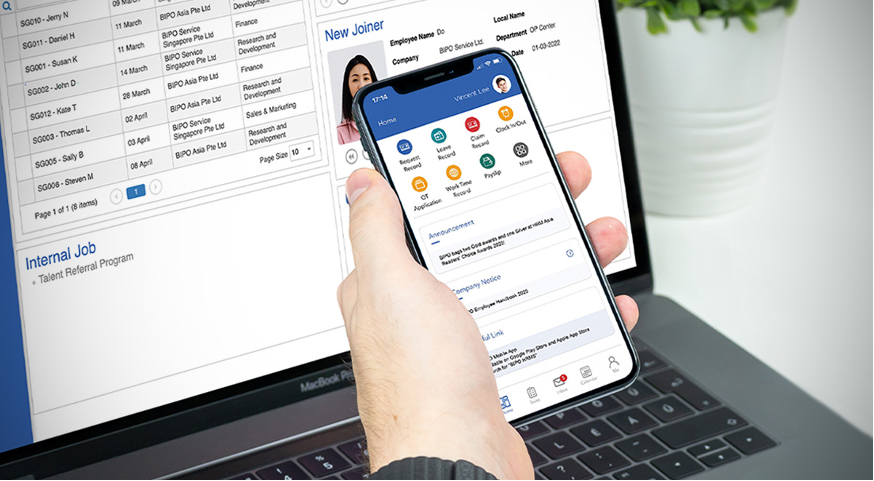Global workforce management in 2025 is all about flexibility, getting the most out of utilizing innovative technologies, and cooperation. With digital transformation gradually occurring in an industry, organizations face challenges such as time zones, diverse cultures, and regulatory contexts.
In this article, 10 key strategies are described to address the challenge of global workforce management. These practical tips will be useful no matter what level of experience you have in leadership or global workforce management.
Top 10 Strategies for Global Workforce Management
1. Embrace Remote Work Technology
Effective remote work tools are the backbone of a successful global workforce. They enhance the provision of real time information and help in the improvement of organizational communication. Supporting good quality digital employee experience solutions can effectively enhance organizational communication and ensure effective project delivery across geographical setups.
2. Foster a Strong Company Culture
Unify your workforce under a shared mission and set of values. A good culture means that local and global employees can feel as one even though they may be separated by some distance. Encourage employee recognition programs, celebrate cultural differences, and conduct virtual team-building activities to build trust and camaraderie.
3. Implement Flexible Work Policies
Flexibility is essential when dealing with multiple time zones and cultural variances. Grant time flexibility to employees, such as working from a choice of shifts or following a hybrid work schedule. Besides, being flexible improves performance while at the same time helping employees achieve a work-life balance.
4. Focus on Continuous Learning and Development
Upskilling is crucial in the rapidly changing business landscape. Facilities for online courses and providing the employee’s frequent training to level up in the industry. There are several benefits to supporting the career growth of employees in that it tends to motivate people while helping to close skills gaps.
5. Leverage Data for Decision-Making
Data-driven insights are invaluable for monitoring performance, employee engagement, and overall success. HR analytics tools are specifically utilized to generate usable information to support decisions about staffing, employee turnover and resource management.
Example: Leverage global payroll service analytics to track and optimize compensation trends across regions.
6. Enhance Employee Engagement
Engaged employees are more productive and loyal. Daily, weekly, and monthly feedback regimes, one-to-one meetings, and questionnaires can show the level of engagement and respond to issues in advance. Also, utilizing a gamified reward system can increase employee incentives.
7. Promote Diversity and Inclusion
With a global workforce comes the advantage of diverse perspectives. Promote diversity in workplace relations by practicing diversity and cultural sensitivity in interaction along with the organization’s support for diversity training. The organizations that adapt to the diversity policy get better results since they increase the talent pool of the strategic human capital, hence enhancing innovation capability.
8. Optimize Communication Channels
Establish clear communication protocols to avoid misunderstandings. For organizational communications that do not necessitate real-time replies should use the asynchronous communication platforms. Keep files and messages in cloud based platforms so that all the members of the team should find it easy to access them.
9. Ensure Compliance with Local Regulations
Global workforce management means navigating different laws and labor practices. Stay compliant with local tax codes, employment laws, and benefits regulations. To avoid such challenges, the process can be done through collaborations with professional associations or international service companies in the field of payroll.
10. Utilize Workforce Management Software
Global workforce management is now revolutionized by HRMS software out there for efficient human management. Human Resources Management Systems s
uch as BIPOs empower organizations by managing their recruitment activity, onboarding process, payroll, and performance.

Why Choose BIPO HRMS Software?
Implementing top-tier workforce management software like BIPO HRMS can redefine your approach to global workforce management.
Designed to address the specific needs of businesses, BIPO HRMS simplifies everything from payroll processing to leave management, ensuring an organized and productive workplace.
With its intuitive full-suite dashboard and customizable reporting tools, you can access real-time data insights that empower smarter decisions for your people and business. Benefit from 24/7 secure access to critical HR information, whether you’re in the office or on the go, and tailor access settings to meet your organization’s unique structure.
BIPO HRMS is a perfect software solution for optimizing workplace management and creating a smoother, more efficient HR experience for managers and employees alike. Start transforming the way you handle HR today!

Conclusion
The primary levers that define the effectiveness of managing a global workforce are flexibility, openness, and the tools used. From developing a strong and promising company work culture or merely integrating your company with the HRMS software, these above-discussed ideas can assist in achieving the maximum return on your employees in the year 2025 and the following years.
If you’re ready to take global workforce management to the next level, explore how BIPO can transform your operations today!

